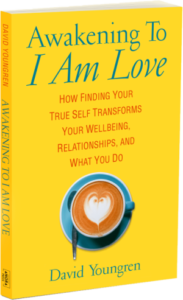The Reflex of Letting Go
Letting go during centering prayer is meant to continue the rest of your day. What do I mean by this? I mean we should never hold on to thoughts and emotions that are not productive. They stop us from accomplishing the daily tasks that we need to complete. When I become worried, I let it go. When I become anxious, I let it go. When I become frustrated, I let it go. When I become afraid, I let it go. It is okay to acknowledge emotions but they will often stop us dead in our tracks. We need to let them go so we can move on. I realize that at times there are thoughts and emotions that we need to deal with. I do not suggest repression. I suggest that we let them go so we can move on with our day. Later in the day if we need to deal with them, we can.
When it comes to thoughts, there are two extremes. We can clutch the thought like clutching a rock (attachment)—or we can hurl the rock away from us (aversion). Centering prayer is about simply letting the rock rest in the palm of our hands, then gently tilting our hand so it drops. It is a gentle movement, void of tense reactivity.
Gently letting go is a reflex. The more we do it, the stronger the reflex becomes. At first we will hold on to an emotional tangent for a day or more. Then, with practice, the tangent only takes half the day. Then, in time, as we become more skilled at the art of letting go, we can let go of the tangent after ten minutes.
Rich Lewis is an author, speaker and coach who focuses on centering prayer as a means of inner transformation. His book, Sitting with God: A Journey to Your True Self Through Centering Prayer (288 pages) is available now.
Add Impact To Your Inbox
Get the Daily Wisdom email sent to you
Add Impact To My Inbox
Daily Wisdom
Wisdom is knowledge deepened by love
Your privacy is important to us; we do not sell, rent, or give your name or address to anyone without your permission.
About
Meditations
Store
Events
Stay Connected
© 2021 Path Of Love. All Rights Reserved. P.O. Box 27857 San Diego, CA 92198 USA
Developed by Limitless - YourWinningWebsite.com


